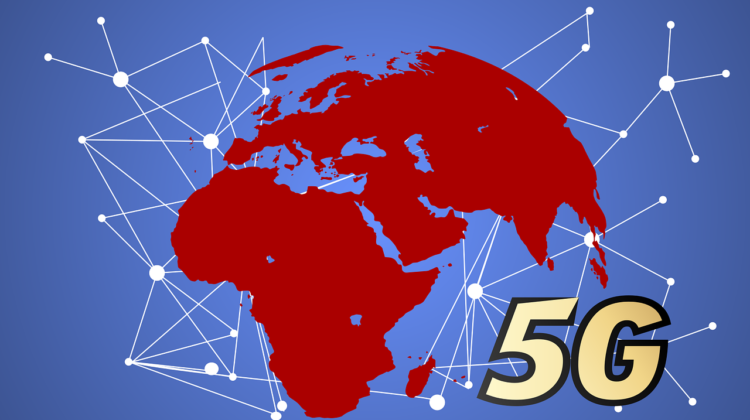
How 5G will change the world
Envision attending a concert of tens of thousands of people, yet you are guaranteed excellent cell phone service for video streaming, calling and using internet apps like social media.
That world will be here soon, all thanks to 5G. That is the fifth generation of wireless technology that is used to support cellular devices like phones and tablets.
“5G is a gamechanger,” said Amit Kulkarni, director of engineering for Honeywell’s building technologies business.
5G covers a huge swath of radio frequencies. Some frequencies for example, will enable long-range connectivity inside a building, Amit said. For example, that will allow connecting wireless sensors and actuators for building automation. Very high frequencies enable pinpoint location accuracy and also high-bandwidth applications like 6K and even 7K video streaming.
That means a guaranteed internet connection with zero lag time during office video conferences.
Video surveillance systems that are constantly recording will be able to provide high quality video in real time.
And sensors that monitor occupancy to signal the need for lights or the air conditioner will run faster.
The new wireless technology also enables what is called network slicing. That virtualizes the 5G infrastructure so that multiple systems can share it. For example, a building automation system can share the network with a life-critical fire system. Both systems will satisfy their bandwidth and alarm latency requirements.
Currently automated warehouses have equipment like sorters, conveyor belts and truck unloaders that all rely on tethered communication cables.
5G will free that equipment so that it no longer needs to be tied down, enabling optimal configuration options to maximize productivity.
The lack of latency also makes warehouses safer. An operator can run the equipment from another part of the world and adjustments will occur in real time.
“Even the definition of what an automated warehouse looks like changes,” he said. “It’s sort of like a catalyst that’s actually going to change what we think these solutions even are.”
As industries continue to go through digital transformation, workers will rely on technology to perform their jobs.
5G connectivity brings internet-based computing or devices closer to end points and systems, including the people working in the plant itself.
“If I have a tablet or mobile-platform-based application that needs to talk to a back-end system in the cloud somewhere, that communication will be far faster and far more reliable,” said Mukesh Kumar, an expert with Honeywell Forge. He has nearly years of experience working with equipment and network services, including IoT platform development.
Consider just a few applications workers in the field need to access from their mobile devices such as video conference calling with experts and colleagues and accessing data in real-time through artificial reality and virtual reality platforms. Those actions must also have a good user experience and good security.
Utilities will be able to quickly implement new features to better serve their customers with 5G.
The wireless technology will provide a robust, secure IoT network for connectivity. That will enable energy companies to optimize operations. It will also simplify the implementation of new advanced metering, which is the integration of smart meters. It will also speed up grid modernization – updating the equipment of the power grid to modern technology.
With 5G, utilities will have the ability to leverage near real-time insights from a device to the cloud. That will more efficiently automate and optimize energy resources, helping to improve resiliency and give customers more meaningful insights to reduce energy use.
Honeywell is partnering with Verizon to speed up the deployment of smart electric grid technologies.
“Utilities now have a new path to leverage LTE IoT connectivity and robust Verizon Managed Connectivity services,” said Ann Perreault, director of connected utilities for Honeywell Smart Energy.
